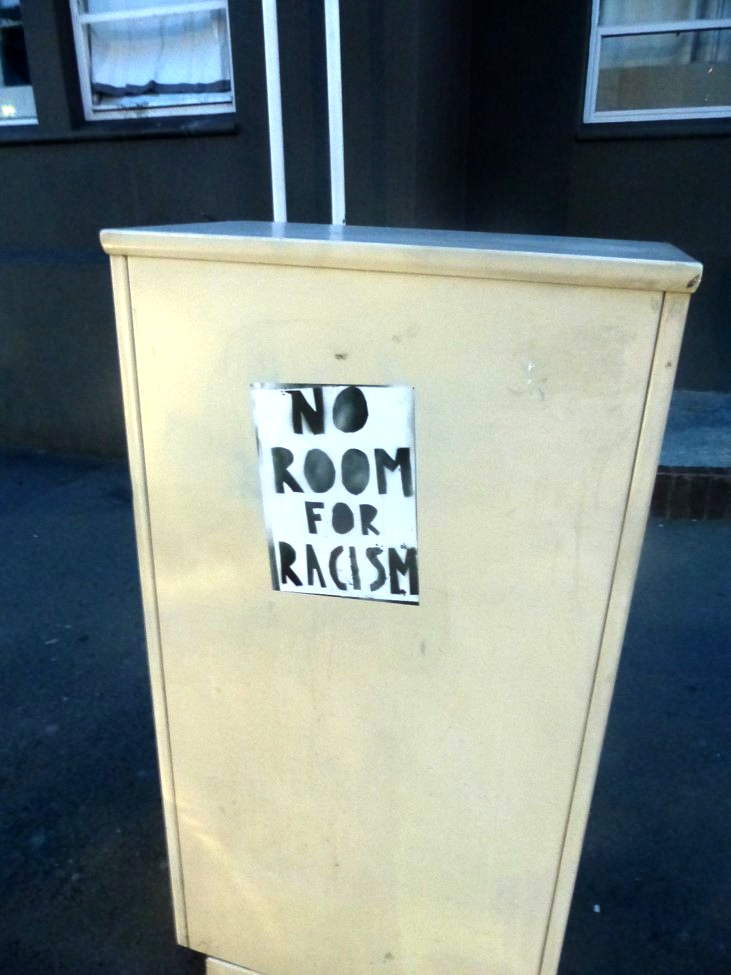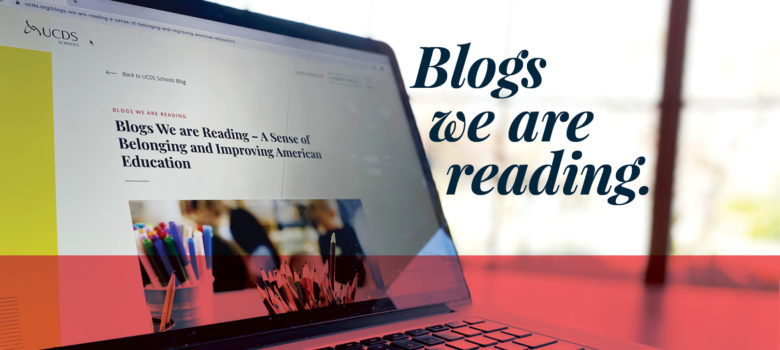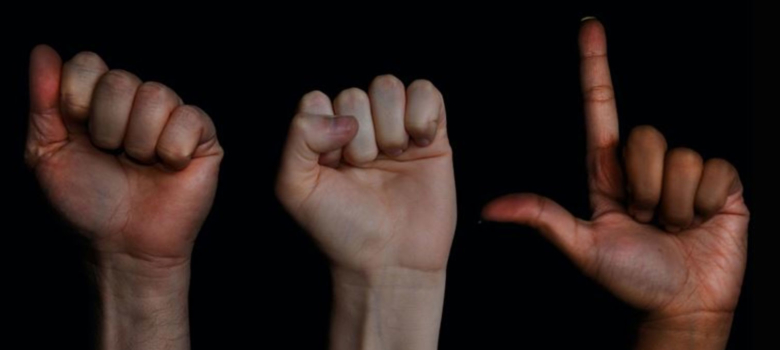By Marion Reader, Infant-Toddler Classroom Teacher
Written in response to the ASCD article by Dena Simmons, How to Be an Antiracist Educator
Working for an independent school usually means working with a higher proportion of white students. It also means that those of us who are white teachers have more need to dismantle racism and white supremacy in our classrooms. Sometimes it can be hard to see this obligation when we do not have high numbers of students of color to whom we directly associate effects of race-based discrimination.
Racism and white supremacy affect everyone in our society, from our relationships with communities of color to the ways in which we relate to power dynamics in our classrooms. Engaging in anti-racist teaching practices, especially in primarily white spaces, allows us to dismantle aspects of white supremacy without relying on students and teachers of color to provide the education for us or re-hash oppression and microaggressions they face in their daily lives.
Dena Simmons provides a clear framework for anti-racist practices in the classroom:
- Engage in Vigilant Self-Awareness
- Acknowledge Racism and the Ideology of White Supremacy
- Study and Teach Representative History
- Talk about Race with Students
- When You See Racism, Do Something
These tactics and ideals are deeply important for classrooms and teachers of all demographics and I want to share some of the applications of these frameworks I have used.
- Engage in Vigilant Self-Awareness: Self-awareness means I am not always the teacher. There is a growing understanding that the teacher-learner dynamic is more flexible than it used to be viewed. In my classroom, I try to engage in this flexibility each day. I do not create arbitrary rules based on my own discomfort. If a child is choosing to go head first down the stairs I do not stop them, but ask, instead, how I can support them through that experimentation while also keeping them safe. Usually the answer is not to say “Don’t go down the stairs head first” it is responding by letting them know they might get a head bonk or supporting their falls so they don’t get hurt, but experience the tumbling feeling. Giving students as much agency and power as possible in the classroom and taking a step back to become and observer and/or supporter decenters the white supremacist view that all adults are power-holders and all power-holders have the final say.
- Acknowledge Racism and the Ideology of White Supremacy & Talk about Race with Students: Recognition of racial differences begins around 3 years old when students are developmentally working on recognizing differences in the people in their communities. That means we should begin talking about racism and white supremacy when students around three years old when these first observations are coming up. However, if students are not surrounded by racial diversity in their educational spaces, it becomes our job as educators to introduce these topics at the appropriate developmental stage. To tap into their natural inclination to recognize difference so we can explore diversity and support students in becoming advocates for equity. This could mean using diversity supplements such as dolls, books, videos, or making intentional time to occupy diverse spaces with students. It could mean bringing in community members who look different than the children in your classroom. It could mean any number of things taking into account resources and children’s interests. Creating these spaces to notice and talk about race and racism will create meaningful conversations and set the stage for children to engage in anti-racist actions later on.
Talking about racism as a white educator also means taking responsibility for your actions and the actions of other white people. We cannot portray ourselves to our students as “good white people” because that is a trope that does not exist. We must own our biases and talk about them openly, allowing space for our students to feel comfortable owning the fact that they benefit from white privilege and it will mean a life-long unlearning process. When we own and acknowledge the harm our communities have caused communities of color and implement intentional space to reflect upon it, ask questions about it, and brainstorm ways to begin to heal harm, our students enter the world with a lens prepared to support and uplift others.
- Study and Teach Representative History: Teachers at all levels, in all subjects, and with all students are history teachers. Whether you have a classroom full of toddlers or high school seniors, you will inevitably be teaching history. Therefore, that history has to be representative. No matter the racial makeup of your classroom, and especially if you have mostly white students. As white folks, we always see ourselves represented, so we must show our students as many representations of being human as we can. Maybe one day we can get to a point where people of color are the central represented people in our history teachings!
In my classrooms, representative history has looked like playing traditional music from a variety of cultures. It has looked like sharing important people from varying backgrounds. It has looked like engaging in discussions with families about their histories and how they relate or differ from others in the class. Representative history opens our doors to so much more creativity, curriculum ideas, and engaging material for students in addition to creating a foundation for more open views of the world. - When You See Racism, Do Something: Racist things will happen in your classroom. That is a fact of many children sharing space with one another. Whether it’s targeted interactions to students of color or white children making hurtful remarks, it will show up. Therefore, we must address it and support our students in changing their behavior and viewpoints. We must go beyond “we don’t say things like that” and move towards the understanding of why these actions are hurtful, why they are unacceptable, and how we can help heal relationships that may have been damaged through these actions.
Whether talking to a three-year-old or a high schooler, if we create space to discuss with the student why their actions were hurtful, they gain knowledge of how to more fully support their peers and increase their comfort sitting with challenging topics, both ways we can be more anti-racist.
Being an anti-racist educator is work. It’s hard work. It’s often uncomfortable. But it’s necessary. We have the privilege to be working with young folks who have the power to change much about their individual and collective lives and promote anti-racist work, values, and actions. As white people, with white students, we have the power to raise-up voices of people of color, do our own unlearning, and create a more equitable educational and social space for people of color in our communities and our society as a whole.




